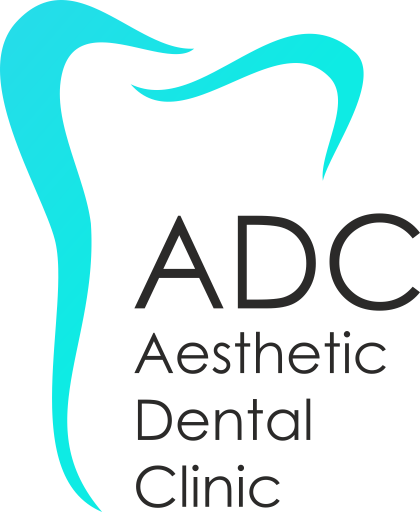Contents
The problem
Inlays/Onlays are used mainly on the posterior teeth when the tooth is too damaged to support a simple dental filling, but not so much damaged to need a dental Crown.
What are Inlays/Onlays?
In dentistry, Inlays/Onlays are a form of indirect prosthesis. This means that it is made out of the mouth as a single, compact piece that fits the specific size and shape of the cavity. The restoration is then bonded in place. This is an alternative to immediate restoration made of resin, amalgam or glass ionomer resin cement, created in the mouth.
The basic comparison between them is how much area of the tooth they cover. An Inlay will incorporate the cavities and cracks of a tooth, covering mainly the masticatory surface between the edges. An Onlay will include one or more cusps covered. If everything is covered and the entire surface of the tooth is covered, then it is known as a dental crown.
Inlays/Onlays should be preferred to simple dental fillings in teeth that have large cavities because of their distinct advantages.
Advantages of Inlays/Onlays:
- Inlays/Onlays are durable, thanks to the hard materials from which they are made. Compared to dental fillings made of composite resin or amalgam, in most cases the Inlays/Onlays are made of porcelain. This material can strengthen a tooth by up to 75 percent and last up to 25 to 30 years with proper care.
- They are harder than simple dental fillings.
- They prolong the life of the teeth and prevent the need for further dental treatment in the future.
- Inlays/Onlays are more preservative than dental crowns (that is, they do not damage the tooth), so they allow the dentist to maintain a more natural tooth structure.
- They are also ideal for replacing tooth lost in tooth decay and to increase vertical dimension lost in convergence (teeth have melted).
- They have a perfect aesthetic appearance (they are one of the best aesthetic dental fillings).
- Inlays/Onlays do not contain allergenic material and can therefore be used safely.
Inlays/Onlays can be made from either porcelain or resin depending on the individual case.
The Treatment Process
The process to place an Inlays/Onlays usually takes 2 sessions.
1st Session:
We remove all the decayed and generally abnormal tissue from the tooth to leave only the healthy part of the tooth. Then we will prepare the cavity so that it is ready to receive the Inlays/Onlays. We then take impressions so that they can be sent to the dental technician for manufacture. Finally we place a temporary filling at the prepared tooth to protect it.
The Inlays/Onlays will be ready in 2-3 days.
2nd Conferences:
Here things are simpler. Remove the dental filling and bond the Inlay/Onlay which takes approximately 30-60 minutes.
Post-treatment Stage
There is no pain or tenderness and you can consume food after 2-3 hours.
The Result
A smile that no one can imagine has a prosthesis.
The Inlay/Onlay is one of the most aesthetic prosthetic restorations available in dentistry. And this is because the dental technician is modeling a natural tooth. With grooves and cusps.
Usually Inlays/Onlays have a huge life span.
It is as if this tooth has not been touched.





